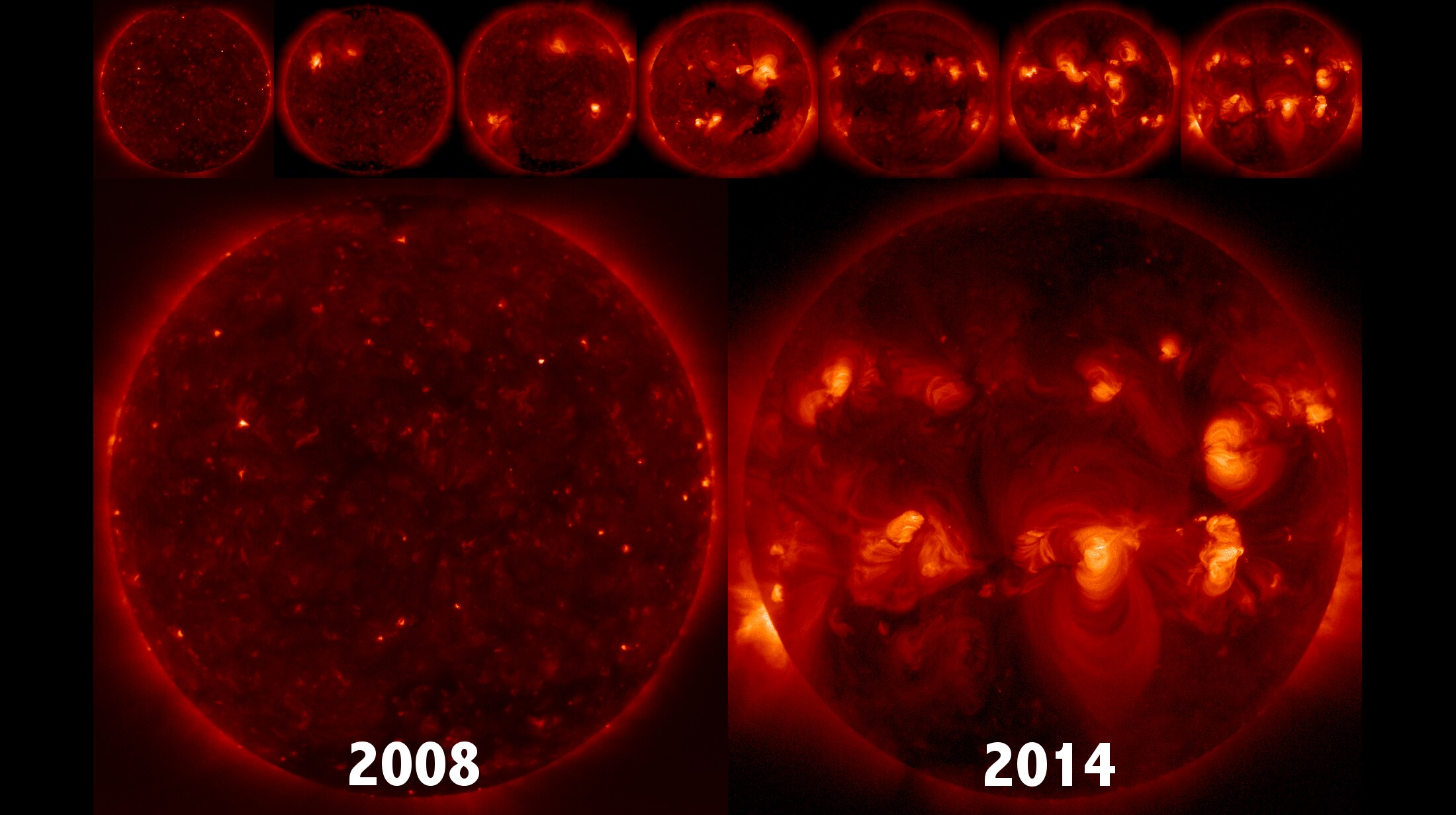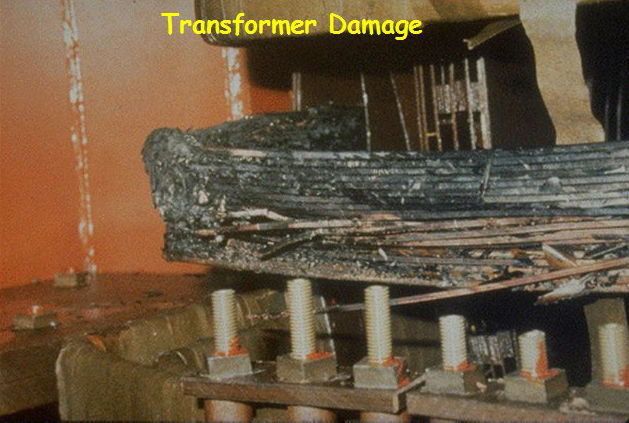Create a free profile to get unlimited access to exclusive videos, sweepstakes, and more!
The 2012 Solar Disaster That Almost Was

In July 2012 the Earth dodged a bullet. Or more accurately, the bullet was misaimed. But had it hit, we’d have been in big trouble.
The bullet in this case was a solar storm, an eruption of a billion tons of plasma exploding outward from the Sun. This kind of event—called a coronal mass ejection, or CME—is actually relatively common. But this particular CME was a monster … in fact, it may have been the most powerful one ever seen.
People sometimes ask me if anything in astronomy actually worries me. Something like this is near the top of the list. Why? Because a storm this size is big enough to cause widespread blackouts that can last for months, and can damage critical satellites we rely on for our modern existence.
Although this one missed us, it did hit a solar orbiting satellite called STEREO A, which observed the whole thing. Here’s a video showing the event as seen from different spacecraft (the different segments are explained on the SDO YouTube page):
The part at 0:20 gave me chills. All that “snow” you see is actually the result of countless subatomic particles slamming into STEREO A at about 1 percent the speed of light. That’s fast.
So what’s going on here? And was this event really all that dangerous?
The quick version of this is that the Sun has a very complicated magnetic field. Inside the Sun there are enormous packets of hot plasma (gas with its electrons stripped off) that rise from deep within. These blobs have their own internal magnetic field, and as they rise to the surface the huge loops of magnetic field lines (similar to what you see in bar magnet diagrams) pierce the surface. These loops carry a vast amount of energy with them, and normally carry that energy up the loop and back down into the Sun.
But if a bunch of these loops get tangled, they can interact and connect with each other, releasing their energy all at once. The resulting explosion dwarfs our planet’s entire nuclear arsenal and is what we call a solar flare. Sometimes, this can trigger an even larger release of energy in the Sun’s outer atmosphere (the corona). That’s a coronal mass ejection. The expanding bubble of subatomic particles and energy sweeps out into the solar system, and if it hits the Earth, it can connect with our own magnetic field, creating all kinds of havoc.
The fierce blast of subatomic particles can fry satellites and can induce large currents of electricity deep within the Earth. This can in turn create a surge of energy that can cause blackouts; just such an event in 1989 blew out transformers in the U.S. and caused a blackout in Quebec.
The largest such solar storm ever seen was also the first one ever seen: the 1859 Carrington Event. This storm was so powerful it blew out telegraphs across the U.S. and caused aurorae all over the planet.
Daniel Baker, a solar astronomer at the University of Colorado, estimates that the July 2012 storm was at least as powerful as the Carrington Event. Had it hit us, the results would have been catastrophic.
I want to be careful here. I always try to be very careful not to either overplay or understate the risks from astronomical events—some people panic over things that are very low risk, for example, and I certainly don’t want to exaggerate dangers. But in this case, there’s no other way to say this: If this 2012 CME had hit us, it would’ve been a global disaster.
Many satellites would have been fried, their electronics shorted out. That alone would mean we’d lose billions of dollars in space assets, not to mention the loss of international communications, weather prediction, and all the other critical systems that depend on satellites.
On the ground things wouldn’t have been so hot either. There would have been widespread power outages. Large transformers would’ve been destroyed by the enormous current flowing through them induced by the storm. These transformers can take months to build and deploy; imagine a large portion of the United States without electricity for several months—especially in the staggeringly hot months of July and August, when the load on the power grid is already very high.
So no kidding, an event like this would have been very, very bad. I’m glad it missed!
But mind you, that was entirely due to chance. It could easily have hit us. Looking over storms from the past 50 years, Baker estimates the odds of the Earth getting hit by a similar storm in the next 10 years as 12 percent. That's a bit higher than makes me comfortable, to put it delicately.
There’s literally nothing we can do to prevent such storms from occurring on the Sun. However, there are ways we can mitigate the damage they can cause. Satellites can be made to resist the effects of such a storm, for one. Another is that the power grid in the U.S. was designed and built in the days when the load was much lower than it is today; it could be upgraded to carry or dissipate the extra current generated by a big CME.
Of course, these techniques cost money. A lot of it, certainly billions. But estimates of the damage the 2012 event could have caused top $2 trillion. And that doesn’t include the resulting human suffering.
Perhaps our best course of action is early warning. Ashley Dale, an engineer at the University of Bristol, and his colleagues on the SolarMAX initiative say that deploying small satellites around the Sun can measure its magnetic field and the environment into which the solar storms flow. This can help us predict when and where big storms might occur, and whether they are aimed at Earth. They estimate this could give us several days' warning, critical time needed to divert power on the grid, shut down vulnerable power lines, reorient satellites, and more. All of these actions could prevent much of the damage a storm could inflict.
I’ve been beating this drum for some time; I wrote about it in my book Death From the Skies! I take this threat seriously, and given what we’ve learned about this event, I think everyone needs to.



























